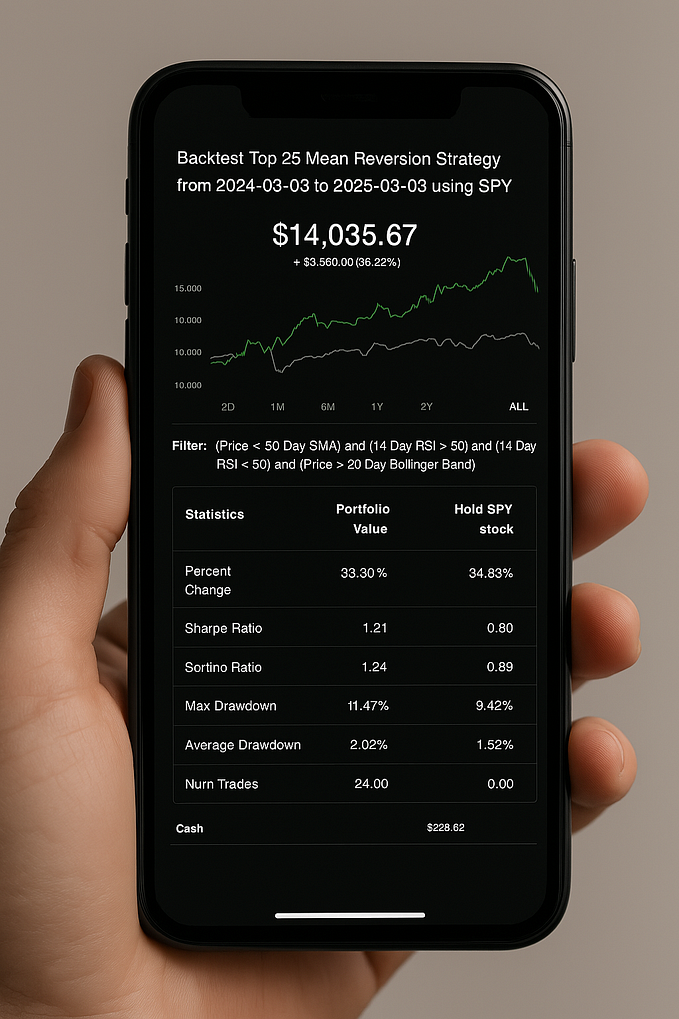Engage in osETH Restaking on EigenLayer through Brick Towers’ Swiss Liquid Staking Vault

What is EigenLayer?

EigenLayer introduces a transformative approach to Ethereum’s blockchain security and scalability. Based on a set of smart contracts, it allows Ethereum stakers to “restake” their ETH to support new modules (called Actively Validated Services or AVS), extending Ethereum’s cryptoeconomic security. This restaking collective enables stakers to participate in various modules like data availability layers, oracle or keeper networks, and more without fragmenting security.

During the process of restaking, participants are given extra rewards in addition to the normal (native) rewards for staking ETH. However, this approach involves more risks. The reason is that restaking involves launching an AVS on the EigenLayer platform. This system operates under a unique contract that clearly outlines the conditions for any penalties and the method of reward distribution.
EigenLayer thus aggregates security across these AVSs, enhancing the security of decentralized applications (DApps) reliant on them. By leveraging Ethereum’s security, it eliminates the need for bootstrapping separate trust networks and therefore fostering permissionless innovation. It essentially allows the creation of new modules while relying on the established trust of Ethereum. Additionally, EigenLayer facilitates a free market in blockchain validation, offering diverse staking modalities and an open-market governance model.

For more info, please check out the EigenLayer Docs and the EigenLayer Whitepaper.
What is Restaking?
Restaking in the context of EigenLayer refers to the process where Ethereum stakers leverage their existing staked ETH to provide further support and security to different parts of the Ethereum ecosystem, enhancing the overall functionality and security of the network.
There are overall 3 different types of restaking with EigenLayer

- Native Restaking: Stakers can restake their staked ETH natively by pointing their withdrawal credentials with the validator running the staking operation to the EigenLayer contracts
- Liquid Restaking: Stakers can restake by staking their liquid staking tokens, such as osETH, by transferring their LSTs into the EigenLayer smart contracts, on app.eigenlayer.xyz
- Superfluid Restaking: Similar to liquid restaking, but using an LP token which either includes native ETH or a liquid staking token of ETH (such as osETH) in the pair to transfer into the EigenLayer smart contracts.
Each of these approaches features a different set of risks and return profiles which will not be discussed in this article.
Why Restaking?
Restaking allows for an additional source of income on staked ETH for stakers and node operators in terms of fees without having to leave the trust model of the Ethereum network and the EVM.
Restaking is already live on mainnet since EigenLayer’s M1 release, with only deposits into EigenLayer contracts and withdrawals from them activated. There is a Restaking points mechanism in place to incentivize early adopters, which overcomes the lack of additional rewards or fees while being exposed to EigenLayer’s smart contract risks. While there is no formal commitment yet in place to convert these points into a reward, the wider restaking community expects, as usual, some kind of compensation, e.g. in the form of an airdrop.

As there has not been any AVS deployed yet on mainnet which is secured by Eigenlayer smart contracts (test phase M2 is ongoing with the first AVS deployment planned to be released to mainnet in Q1 2024), the developments have to be treated with enough caution from both staker as well as staking provider positions.
However, given the effort and dedication involved from the wider Ethereum ecosystem, the potential for opening up additional reward streams for stakers and staking providers with adequate security and control setups in this area is looking very promising.
Brick Towers is observing this development with much attention and is considering offering dedicated services to its clients going forward.
When to start?
Our partner StakeWise has provided an in-depth guide on how to start restaking with the osETH token from Monday, 18 Dec 10 AM Pacific Time.
EigenLayer has announced the increase of total value locked in Liquid Staking Tokens (LSTs) from 200k to 500k ETH, with a 200k ETH cap per LST.
As seen in previous EigenLayer openings, expect quick filling of restaking caps. StakeWise’s osETH offers competitive fees for staking in EigenLayer compared to existing LSTs stETH, rETH, and cbETH.
Please follow this guide starting with a deposit into our Swiss Liquid Staking vault, following our step-by-step guide.
About Brick Towers
Brick Towers, a Swiss-based non-custodial staking provider, is dedicated to accelerating institutional adoption in the digital asset space. Our platform, originally designed for banks, is now open to everyone, offering a cost-effective and non-custodial way to access protocol rewards by securing the network. Learn more about us at 🔗 https://bricktowers.io










